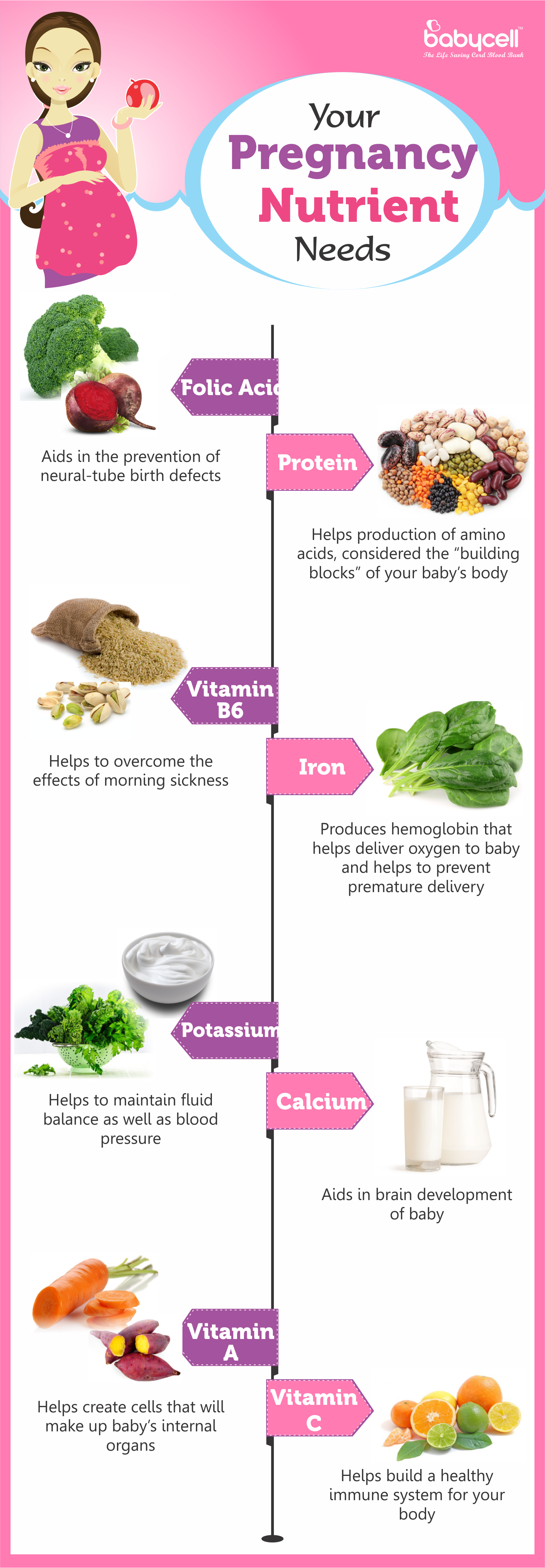Immunization is the process of one’s immune system fortifying itself against attacks by foreign antibodies. When we sniff dust, we sneeze. Same is with the way the immune system functions. When the body senses any agents of a foreign nature, it responds with a solution to get rid of the agents. When it finds the right formula, it stores that information for when there is a need to find a solution again, but this time around much quicker than the last. This is called immunological memory. Thus, when you expose one to a strand of virus or foreign agent in controlled conditions, the body quickly learns to adapt and defend itself from future attacks. This is called active immunization.
Because of advances in medical science, your child can be protected against more diseases than ever before. Some diseases that once killed thousands of children, have been eradicated completely and others are close to extinction– primarily due to safe and effective vaccines. Eradication of Polio is one example of the great impact that vaccines have shown in India.
Parents want to do everything possible to make sure their children are healthy and protected from preventable diseases. Vaccination is the best way to do that.
Vaccination protects children from illness and complications of vaccine-preventable diseases such as measles, mumps, and cough, which are still a threat when it comes to disease progression.
Vaccines are only given to children after a long and careful review by scientists, doctors, and healthcare professionals. Vaccines will involve some discomfort and may cause pain, redness, or tenderness at the site of injection but this is minimal compared to the pain and discomfort of the diseases these vaccines prevent.
The World Health Organization (WHO) reports that licensed vaccines are currently available to prevent or contribute to the prevention and control of twenty-five infections.
The various types of Vaccines are: –
- Live Attenuated Vaccines
- Inactivated Vaccines
- Toxoid vaccines
- Conjugate Vaccines
- Subunit Vaccines
Vaccines
- Birth – 6 weeks
- BCG
- OPV 0
- Hep-B 1
These vaccines must be given to all newborns immediately after birth before they can go home.
- 6 – 10 weeks
- DTP – DTaP vaccine/combinations should preferably be avoided for the primary series. They should be preferred in certain specific circumstances only. No need of repeating/giving additional doses of whole – cell pertussis (wP) vaccine to a child who has completed their primary schedule with cellular pertussis (aP) vaccine-containing products.
- Polio – All doses of IPV may be replaced with OPV if administration of the former is unfeasible. No child should leave the facility without polio immunization (IPV or OPV), if indicated by the schedule.
- Rotavirus – 2 doses of RV1 and 3 doses of RV5 should be given. RV1 should be employed in 10 & 14 weeks schedule, instead of 6 & 10 week. 10 &14 week schedule of RV1 is found to be far more immunogenic than existing 6 & 10 weeks schedule.
- 10 – 14 weeks
- Rotavirus 2
- PCV 2
- IPV 2
- HIb 2
- 14 weeks – 6 months
- IPV 3
- Hib 3
- Rotavirus 3
- PCV 3
- 6 – 9 months
- OPV 1
- Hep B – The final (third or fourth) dose in the HepB vaccine series should be administered no earlier than age 24 weeks and at least 16 weeks after the first dose.
- 9 – 12 months
- MMR – Measles-containing vaccine ideally should not be administered before completing 270 days or 9 months of life; the second dose must follow in the second year of life. No need to give stand-alone measles vaccine.
- Hepatitis A – Single dose for live attenuated H2-strain Hep-A Vaccine. Two doses for all killed Hep-A vaccines are recommended now.
- 15 months
- MMR – The second dose must follow in the second year of life. However, it can be given at any time between 4-8 weeks after the first dose.
- Varicella - The risk of breakthrough varicella is lower if given 15 months onwards.
- 16 – 18 months to 2 years
- The first booster (fourth dose) may be administered as early as 12 months of age, provided at least 6 months have elapsed since the third dose.
- DTP – First & second boosters should preferably be of DTwP. Considering a higher reactogenicity of DTwP for certain cases, DTaP as an alternative can be considered for the boosters.
































